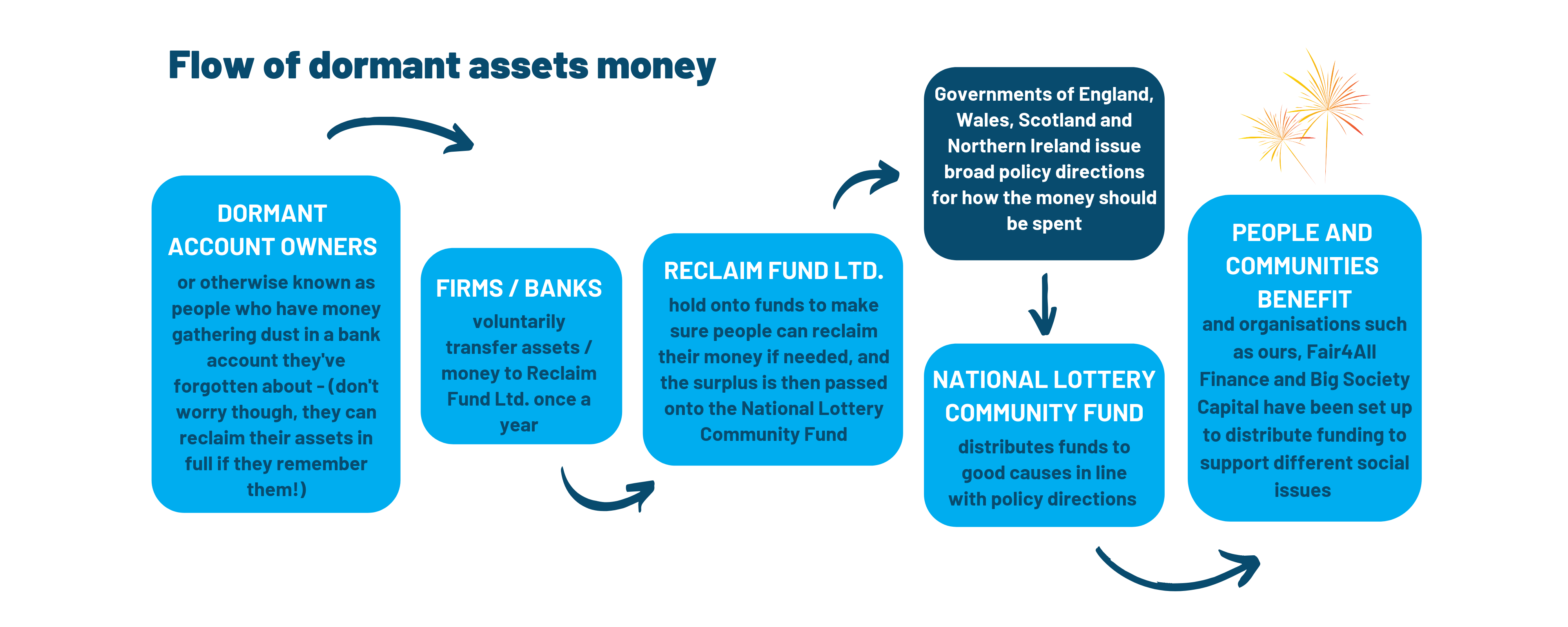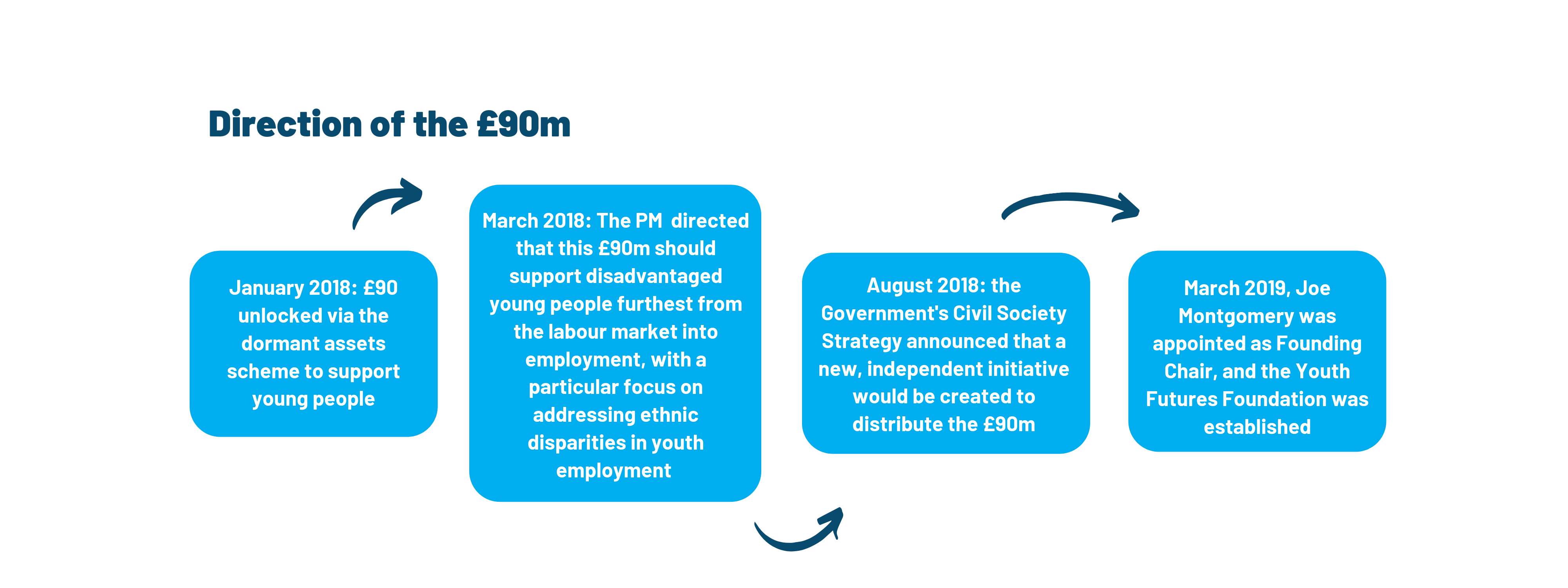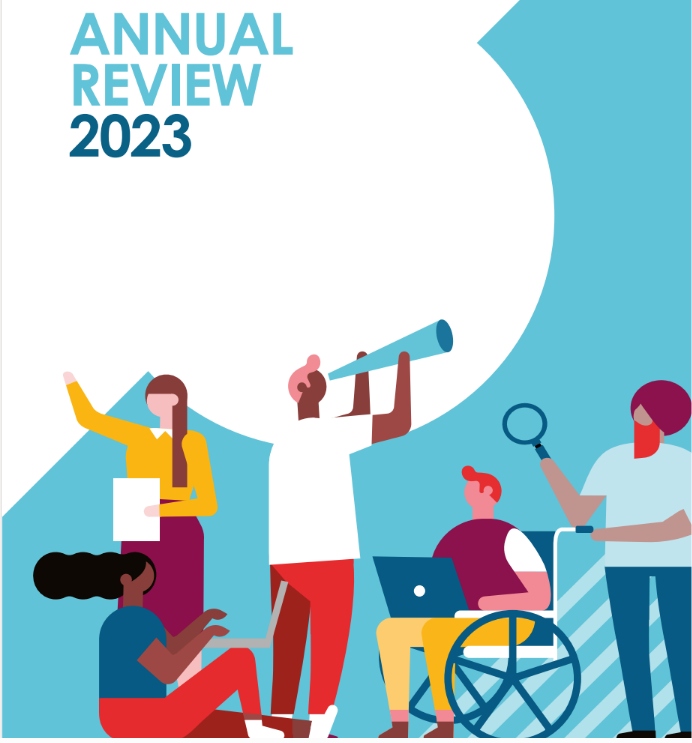This blog details how Youth Futures Foundation came to be. A recommended read for anyone curious about how a new organisation emerged with £90m of funding and wondering what our strategic aims are.
The way that Youth Futures Foundation came into being isn’t your usual route, this is mainly owing to our unique funding source.
It all started with the exciting and catchily titled ‘Dormant Bank and Building Society Accounts Act, 2008’. A quiet piece of legislation which, despite not rolling off the tongue or pricking your ears, has proved to be quite a game-changer.
Up until 2008 banks and building societies were allowed to hold onto any money that had been forgotten about by customers – often due to forgetting £17.86 in an old account you stopped using ages ago, or because customers had moved countries or passed away. The Dormant Bank and Building Society Accounts Act was designed to change that and put this money back into circulation and into the societal purse.
If at this point you’re shrugging, thinking “well, ok sure. Hardly sounds radical?” I’ll forgive you. It doesn’t necessarily sound all that revolutionary. But, when you know that once it’s accumulated, this funding unlocks hundreds of millions of pounds, perhaps you might be more interested?
This is exactly the opportunity that the government at the time recognised, so they passed an Act to say that the banks and building societies should transfer money that had been untouched – or left ‘dormant’ – for fifteen years or more, and direct it into a central pot managed by an independent organisation called the Reclaim Fund Ltd.
The question on everyone’s mind at this point tends to be, “ok, sounds good in principle, but isn’t this like state-sponsored stealing? What if I could use that £17.86 at some point?”. Don’t worry. The Reclaim Fund Ltd. are clever enough to be able to manage the total dormant asset pot in a way that means that money is always available if a customer wants to reclaim their assets back, as they only transfer the surplus funds for distribution for socially good purposes. In this case, ‘socially good purposes’ means three specific areas of focus: financial inclusion, social investment or opportunities for young people.
This is where we come in.
Side-but-important-note: this Act applies to all nations in the UK, and each tranche is directed by their respective governments. Governments can’t hold or manage the funding themselves – because it’s public money, not statutory funding – but they hold responsibility in setting the broad policy direction attached to each tranche that’s unlocked.
The total amount unlocked in January 2018 was £330m. £90m of this was directed to support young people furthest from the labour market into employment. In March 2018 the Prime Minister then published a full statement of intent for £90m, setting out its aims to support disadvantaged young people into work, including a particular focus on addressing ethnic disparities in youth employment that had been revealed in the government’s Race Disparity Audit.
Following this announcement, the Department for Digital, Culture, Media and Sport (DCMS), the Department for Work and Pensions (DWP), the Department for Education (DoE) and the National Lottery Community Fund (NLCF) worked together to scope out and understand how best this funding could be used to meet its policy aims.
Consultations were held around the country with young people and youth practitioners to understand what the barriers, challenges and opportunities are for young people who are further from entry into the labour market. This work highlighted how complex this issue is at a national level, and that, in order for this money to have a long-term impact, the £90m would need to prioritise strengthening the evidence base and ‘what works’, as well as bringing meaningful employer partnerships together.
Then, in the Government’s 2018 Civil Society Strategy, it was announced that a new initiative would be an independent new organisation, separate from the government and with the sole focus on addressing the issue of youth employment. Youth Futures Foundation was then established in March 2019 and Joe Montgomery was appointed by an independent panel as the Founding Chair. Since launch, we have grown from nothing to something, although we’re still assembling and remain very small!
As outlined by the original policy direction, we’re focussed on supporting young people furthest from the labour market into employment, including addressing ethnic disparities in youth employment that persist in different parts of the country. We want to make sure this £90m and our presence as an organisation are used to generate change at a systematic level, as well as equally creating immediate and long-term benefits for the young people we exist to support.
Being set up as a new, independent organisation on this issue we have an opportunity to do something exciting. We are in the privileged position of being able to look at this issue through a wide panoramic lens – observing all of the programmes and research from the public, voluntary and private sector that help much less advantaged young people into work, and being able to build on and elevate the great stuff, and join the dots where they need to be drawn in order for the structures to work in a more purposeful way.
So, admittedly, our start in life was relatively peculiar. But we’re here and we’re ready to kickstart and support the change needed to ensure young people growing up in this country can be navigated into prosperous and fulfilling lives, no matter their backgrounds or start in life.



